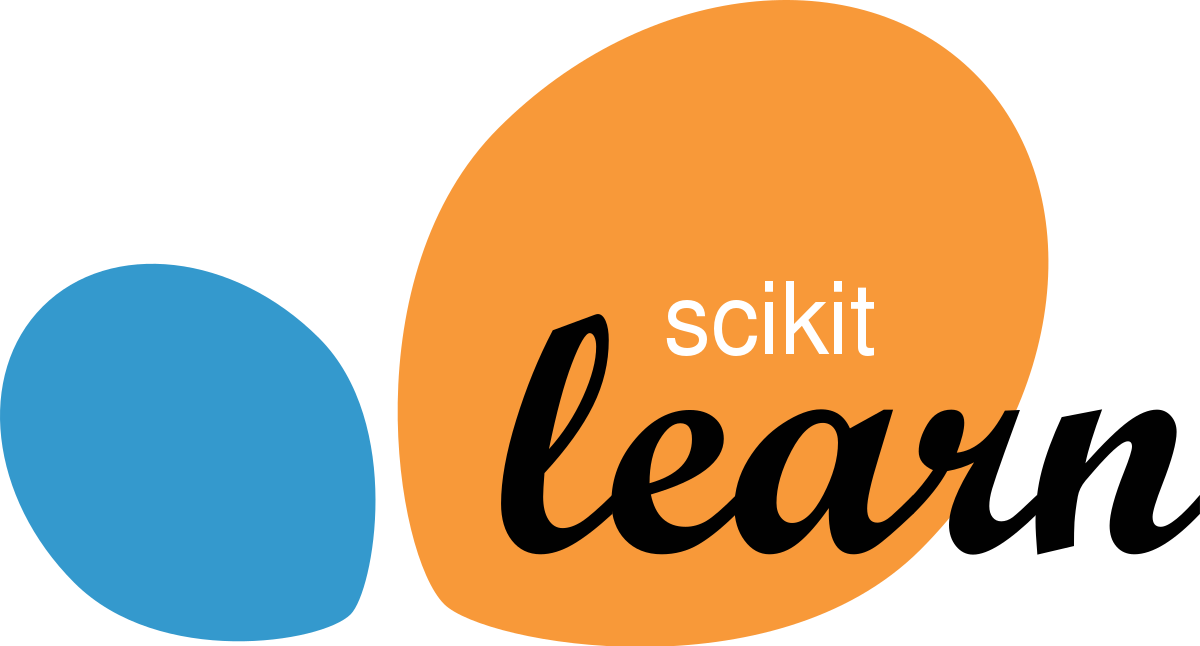
Machine Learning (ML) is a revolutionary field of artificial intelligence that enables computers to learn from data and make predictions without being explicitly programmed. Python, with its simple syntax and powerful libraries like Scikit-learn, has become the undisputed king of ML development. This guide will introduce you to the fundamental concepts and walk you through your first predictive model.
Core Concepts in Machine Learning
ML is broadly categorized into two main types: Supervised and Unsupervised Learning.
1. Supervised Learning
In supervised learning, we train a model on a dataset that is already labeled with the correct outcomes. The model's goal is to learn the relationship between the input data and the output labels so it can predict the outcomes for new, unseen data.
- Classification: The goal is to predict a discrete category. For example, classifying an email as 'spam' or 'not spam'.
- Regression: The goal is to predict a continuous value. For example, predicting the price of a house based on its features (size, location, etc.).
2. Unsupervised Learning
In unsupervised learning, we work with unlabeled data. The model tries to find hidden patterns, structures, or relationships within the data on its own.
- Clustering: The goal is to group similar data points together. For example, segmenting customers into different purchasing groups based on their behavior.
Your First ML Model: A Practical Walkthrough
Let's build a simple classification model using Python's Scikit-learn library. We'll use the famous Iris dataset, which contains data on three different species of Iris flowers. Our model will learn to predict the species based on the flower's measurements.
Step 1: The Toolkit
We'll use Scikit-learn for the ML algorithms and dataset, and NumPy for efficient numerical operations.
Step 2: The Code
This single block of code performs the entire ML workflow: loading data, splitting it, training a model, making predictions, and evaluating the result.
# 1. Import necessary libraries
from sklearn.datasets import load_iris
from sklearn.model_selection import train_test_split
from sklearn.neighbors import KNeighborsClassifier
from sklearn.metrics import accuracy_score
import numpy as np
# 2. Load the dataset
iris = load_iris()
X = iris.data # The features (sepal length, sepal width, etc.)
y = iris.target # The labels (the species of iris)
# 3. Split the data into training and testing sets
# We train the model on the training set and evaluate it on the unseen testing set.
X_train, X_test, y_train, y_test = train_test_split(X, y, test_size=0.3, random_state=42)
# 4. Choose and initialize the model
# K-Nearest Neighbors is a simple algorithm that classifies a data point
# based on the majority class of its 'k' nearest neighbors.
model = KNeighborsClassifier(n_neighbors=3)
# 5. Train the model
# The .fit() method is where the model 'learns' from the training data.
model.fit(X_train, y_train)
# 6. Make predictions on the test data
predictions = model.predict(X_test)
# 7. Evaluate the model's performance
# We compare the model's predictions to the actual labels of the test set.
accuracy = accuracy_score(y_test, predictions)
print(f'--- Iris Species Prediction Model ---')
print(f'Test Data Predictions: {predictions}')
print(f'Actual Test Data Labels: {y_test}')
print(f'\nModel Accuracy: {accuracy * 100:.2f}%')
# Example of predicting a new, single flower
# Let's pretend we found a new iris with these measurements:
new_flower = np.array([[5.1, 3.5, 1.4, 0.2]]) # Measurements for a Setosa
prediction_for_new = model.predict(new_flower)
predicted_species = iris.target_names[prediction_for_new[0]]
print(f'\nPrediction for a new flower {new_flower}: {predicted_species}')
How It Works
- Data Splitting: We hide 30% of the data from the model during training (the test set). This is crucial to check if the model has truly learned or just memorized the training data.
- Training: The `model.fit()` call is the core learning step. The K-Nearest Neighbors algorithm stores the training data.
- Prediction: When `model.predict()` is called, the algorithm finds the 'k' closest data points in its memory (the training data) to the new data point and assigns the most common class among them.
- Evaluation: An accuracy of over 95% is common for this dataset, meaning the model correctly predicted the species for most of the flowers in our test set.
Conclusion
You've just scratched the surface of machine learning. From here, you can explore more complex algorithms (like Decision Trees, Support Vector Machines, and Neural Networks), dive into deep learning with libraries like TensorFlow or PyTorch, and tackle more challenging datasets. The fundamentals of loading, splitting, training, and evaluating remain the same across many ML tasks.

Comments
Post a Comment